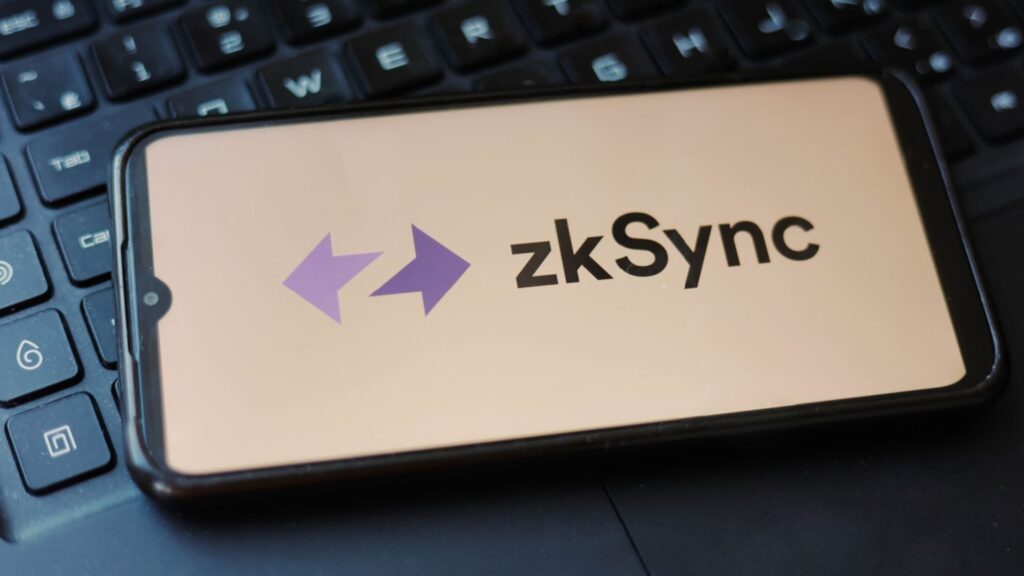ZkSync is the most popular layer 2 solution built with the ZK Rollup technology, offering faster, cheaper, and more secure transactions.

Ethereum is the most exceptional blockchain in the crypto industry, serving as the foundation of the sector by facilitating the development of dApps, NFTs, and Smart Contracts. The Layer2 solutions were in high demand because the entire crypto ecosystem relied on a single Layer 1 blockchain. These solutions could provide quicker, more cost-effective, and superior transactions while maintaining the security, enhanced scalability, and improved efficiency of Ethereum. Ethereum’s trustless, low-cost payment protocol, ZkSync, is one of the Layer 2 solutions.
What is Zksync, and how does it operate?
ZkSync, the user-centric blockchain network introduced by Metric Labs, has dominated the crypto market for over four years. This network is propelled by the Zero Knowledge Rollups (ZK rollup) technology. It is a renowned scalability network that developers highly regard due to its exceptional efficiency and scalability, which are essential for developing the Ethereum ecosystem and constructing decentralized applications (dApps).
It offers scalability by collecting multiple transactions into one cryptographic proof and processing them off-chain before verifying them on the Ethereum network, reducing time and gas fees. Over the years, it has come forward as a cost-effective option. It also uses the ZK-Rollups and ZK Proofs for utmost security, distinguishing it from the rest of the Layer2 solutions.
What Distinguishes It From Other Layer 2 Solutions?
ZkSync‘s primary attribute is its compatibility with the Ethereum Smart Contracts, enabling the seamless operation of dApps and its foundation in the ZK Rollups. The validation of funds is not contingent upon any intermediaries, as the Ethereum network’s Smart Contracts secure all transactions.
It has introduced various products and features, including ZKsync Era, ZKsync Node, ZK Stack, and zkEVM, among others, and provides exceptional services. The transactions between the Layer1 and Layer2 solutions are facilitated without interruption by the ZKsync Bridge.
ZkSync’s Market Controversy Regarding ZK Airdrop
ZkSync has recently introduced the native token, ZK, which will be instrumental in paying transaction fees, staking, and voting on the network. The ZkSync team had previously announced a ZK airdrop to show appreciation for the network’s early adopters and loyal users. This airdrop has already occurred. Around 3.675 billion ZK tokens were disseminated during the airdrop on June 17.
However, the controversy ensued shortly after that when the team requested that the participants comply with stringent procedures to qualify for the airdrop. Nevertheless, despite the eligibility criteria, the airdrop was only granted to a small number of wallets, specifically 695,232. This resulted in a significant backlash from the 7 million active users of the platform.
